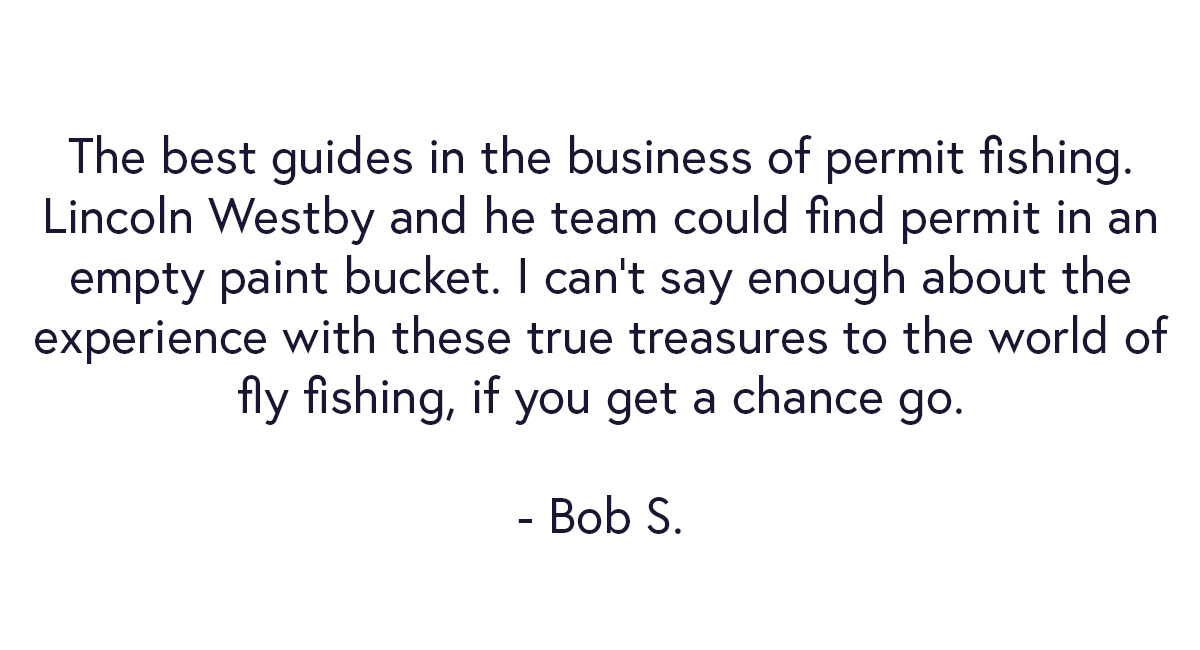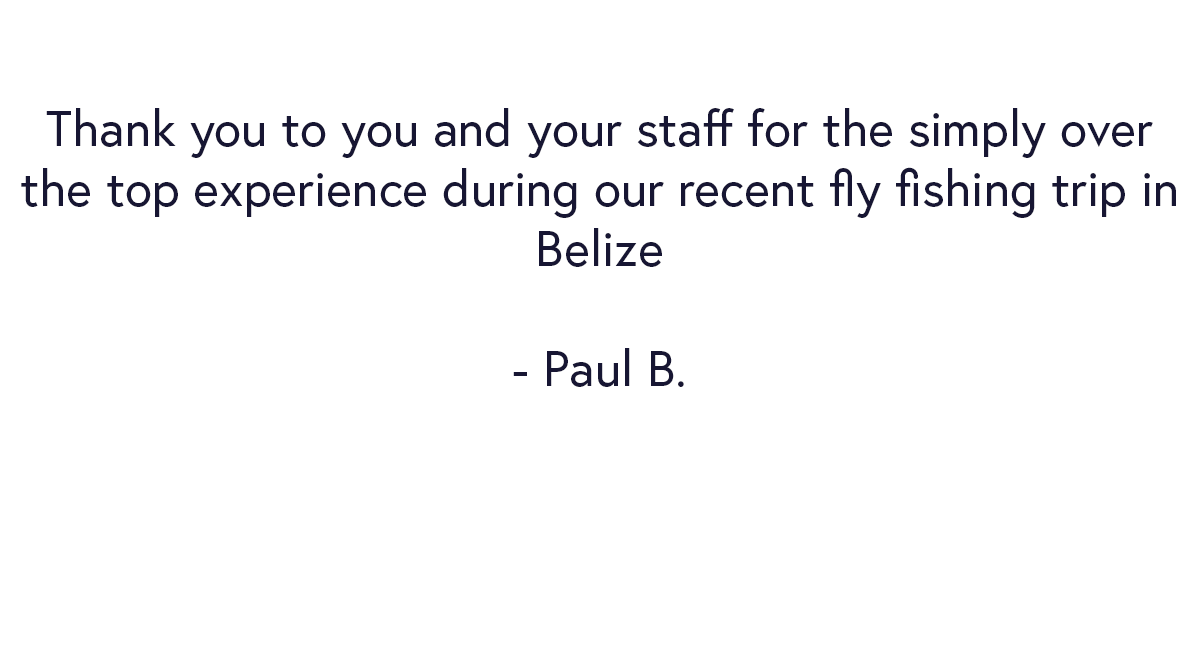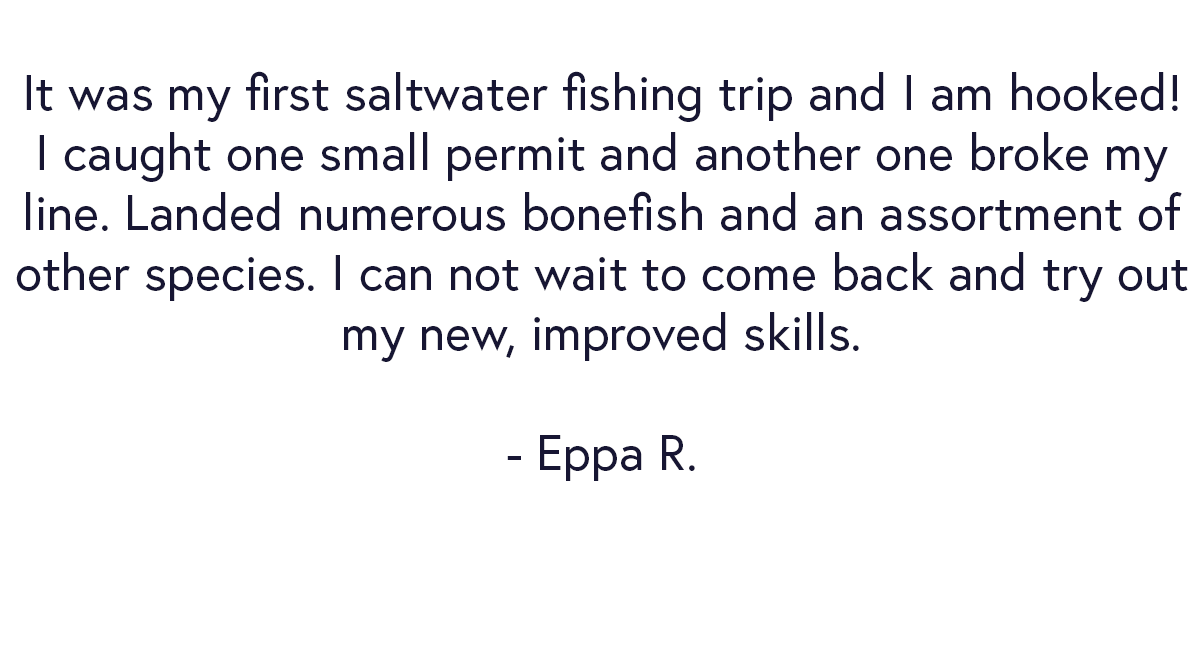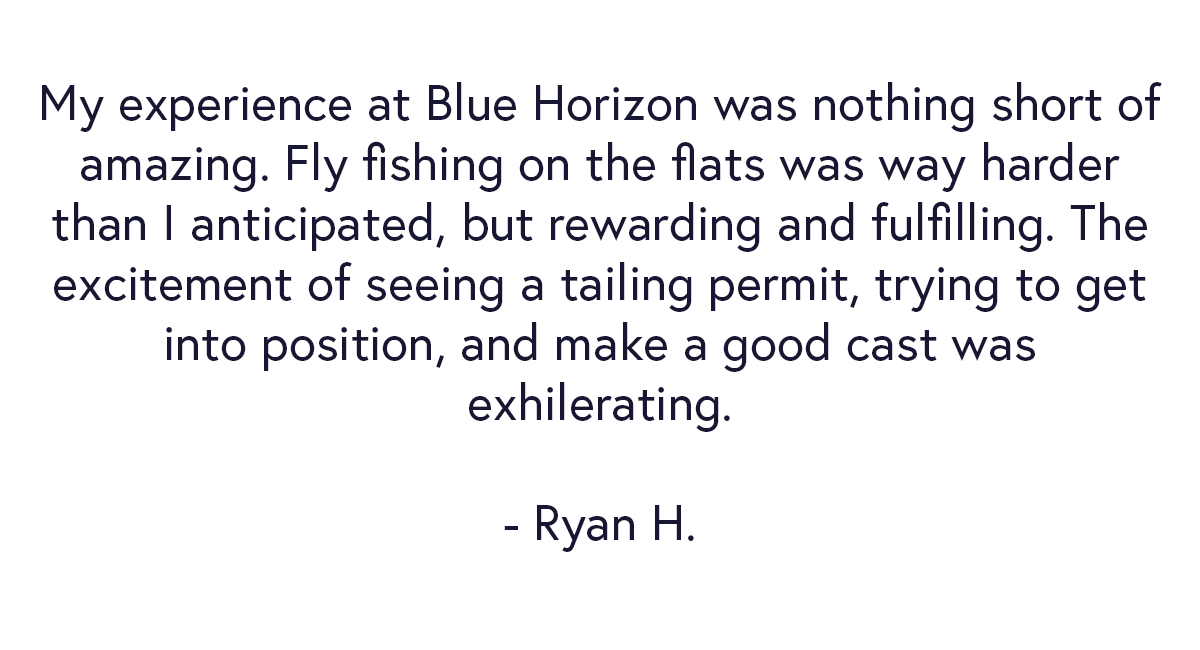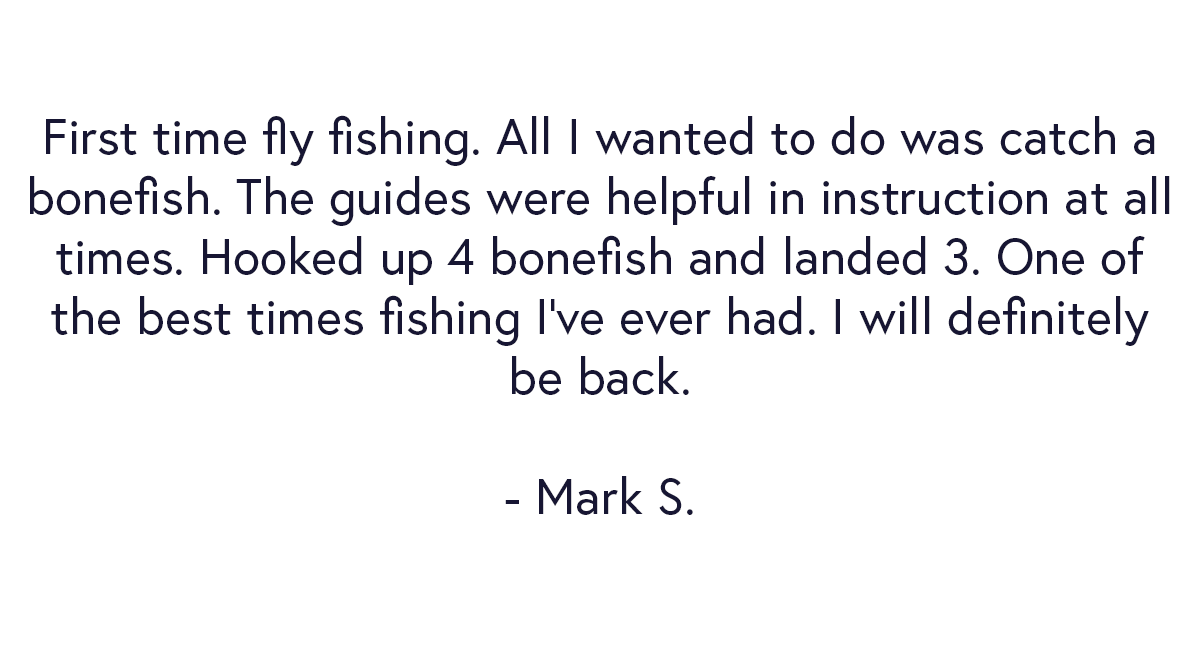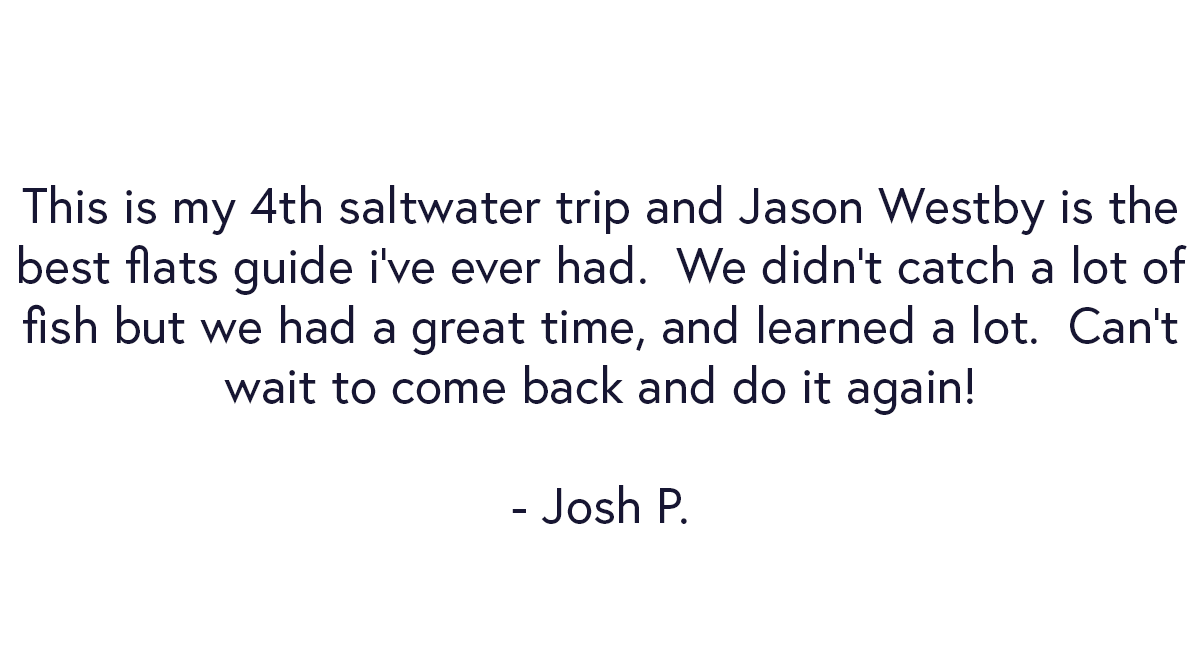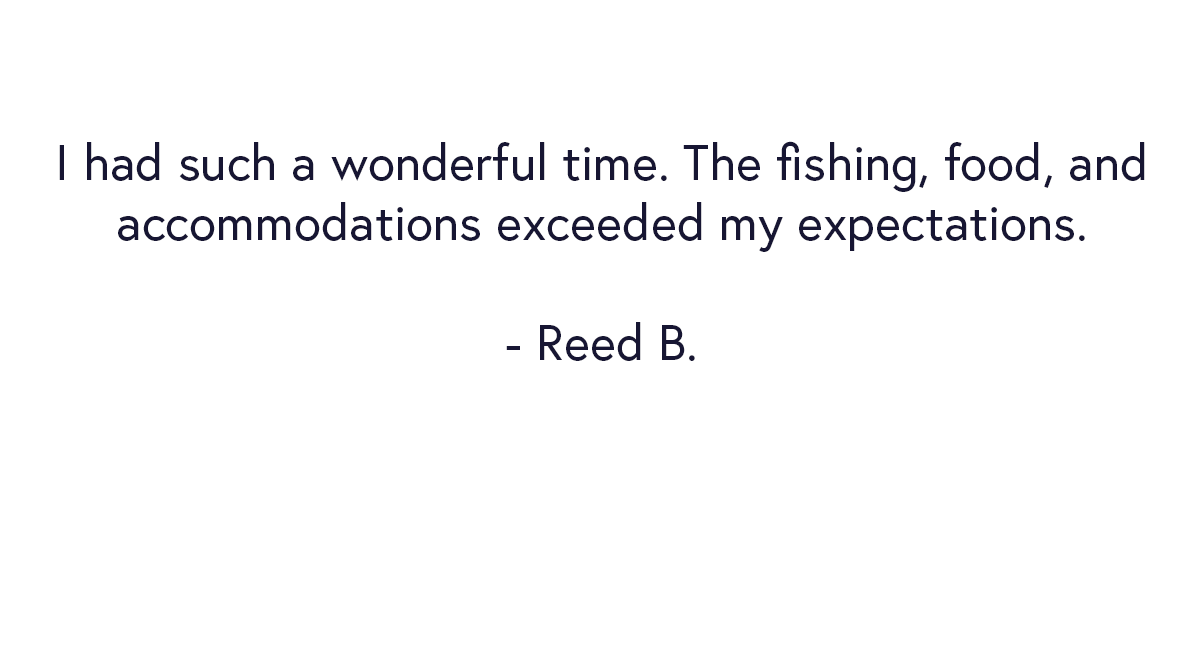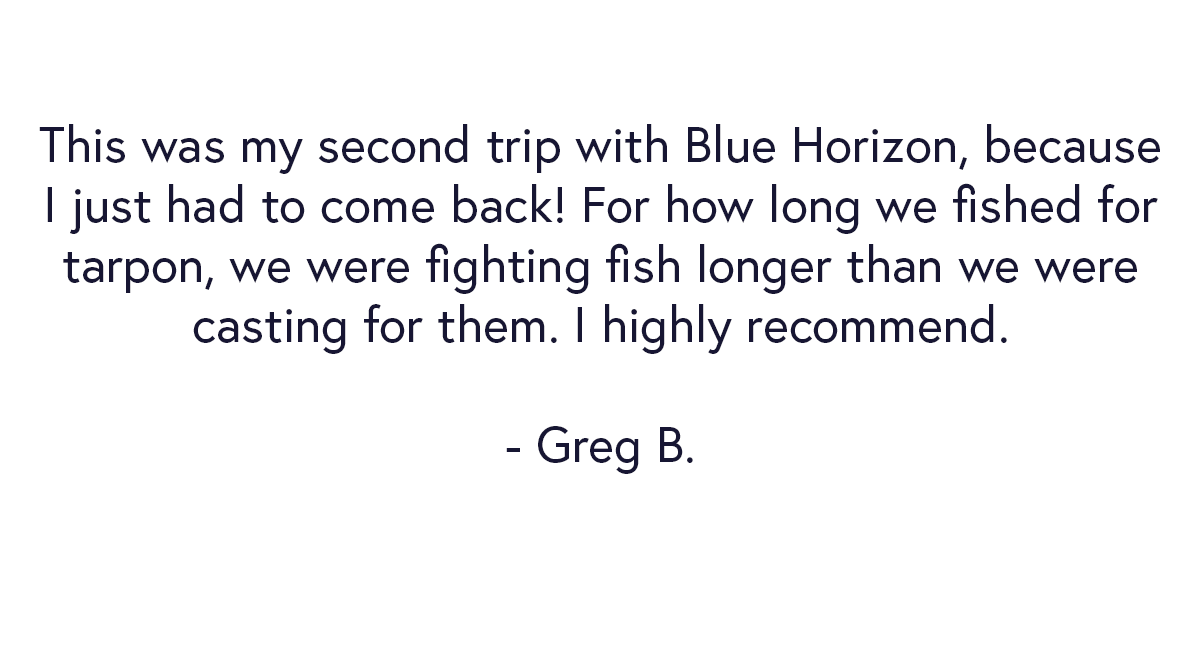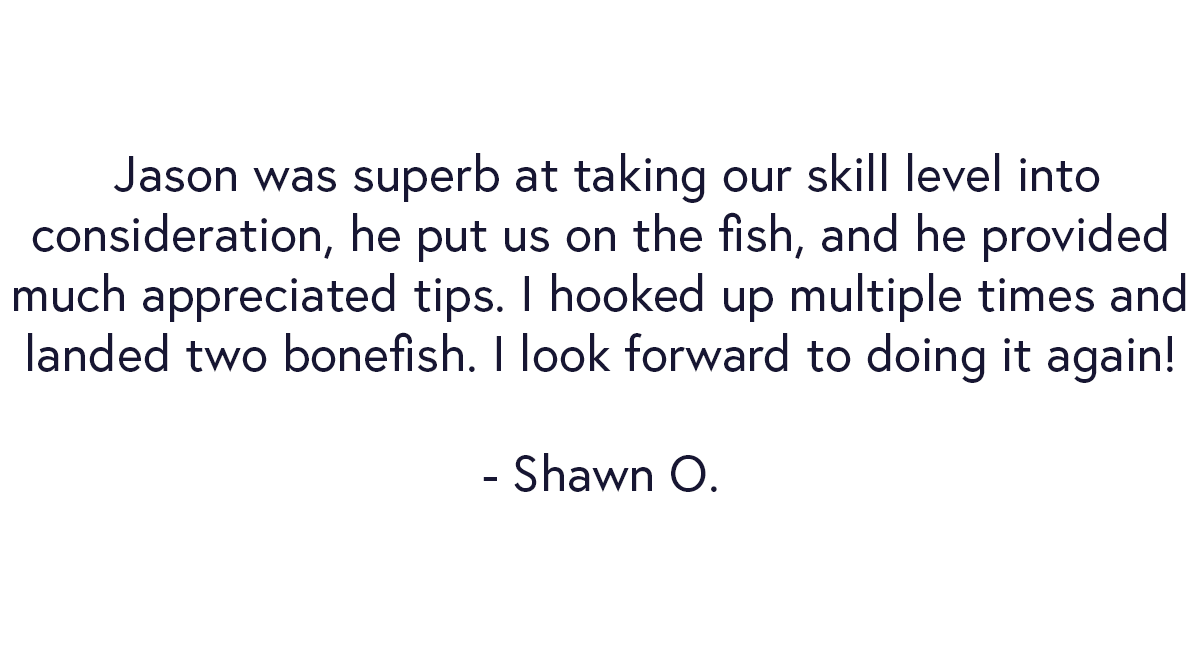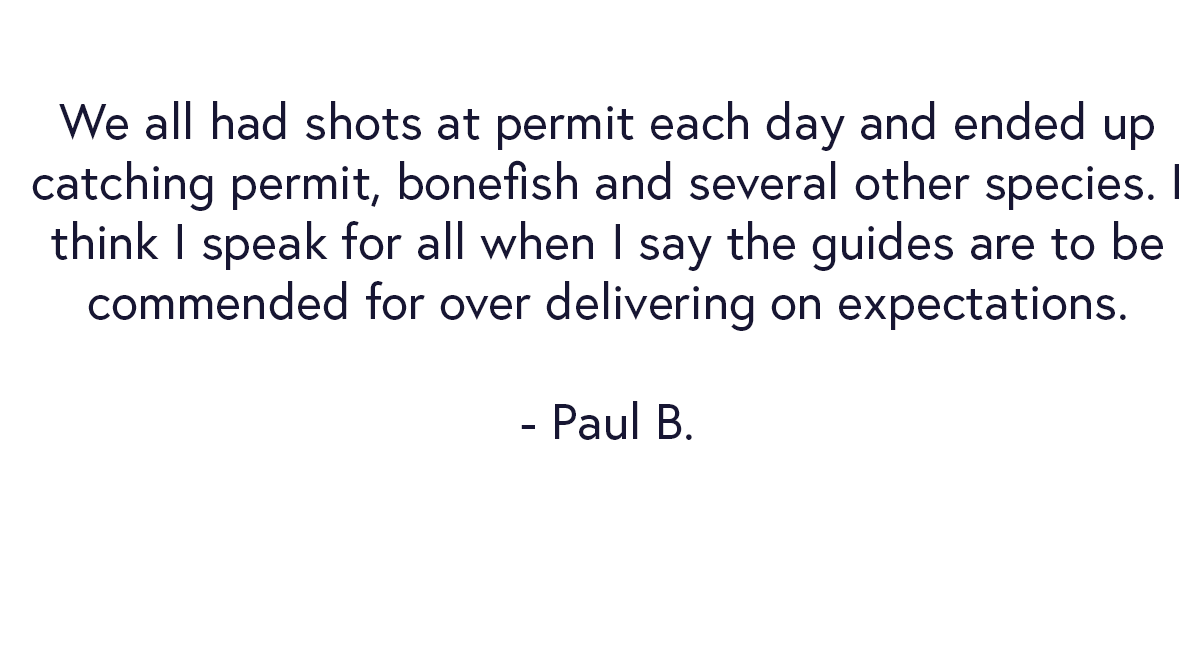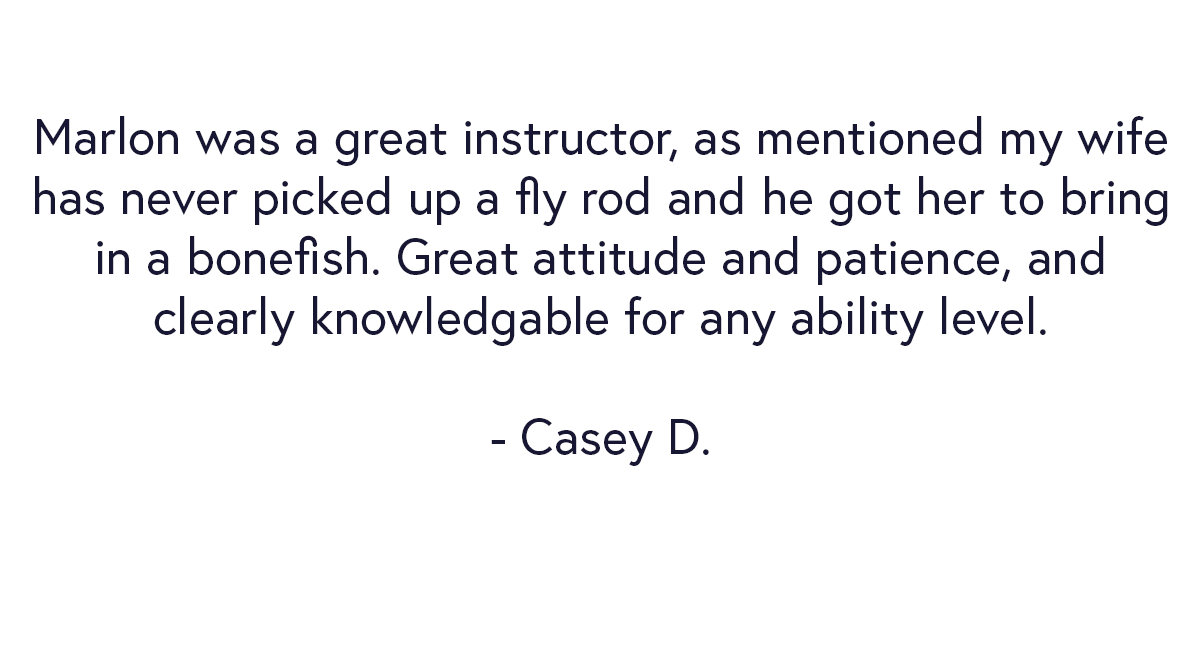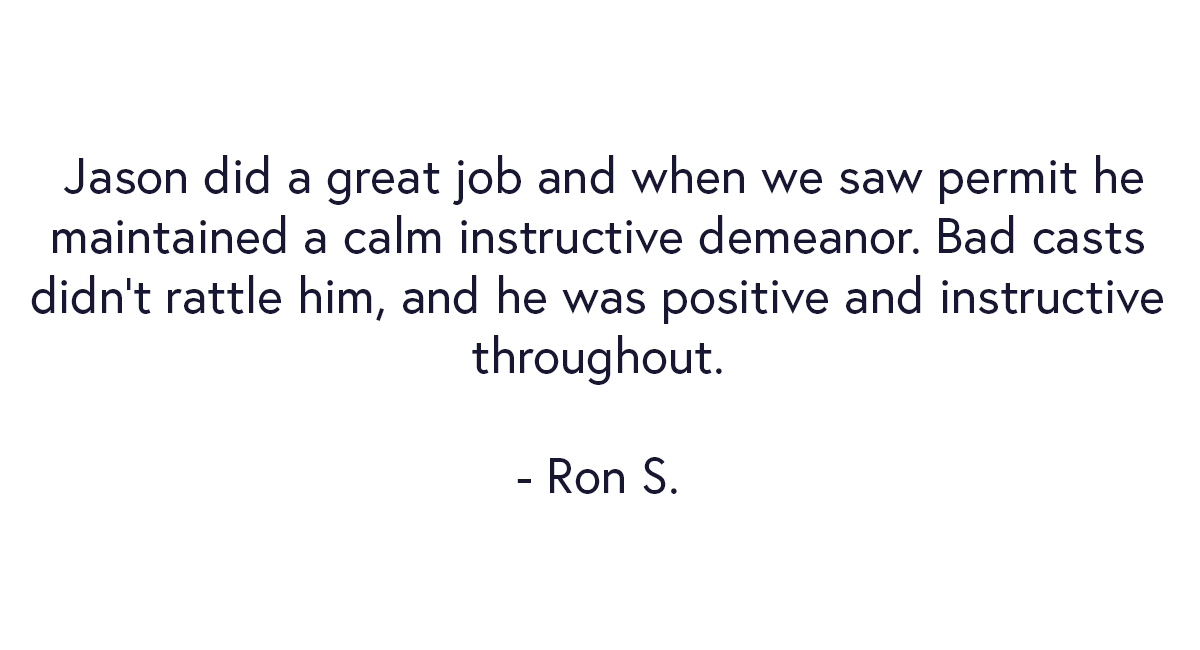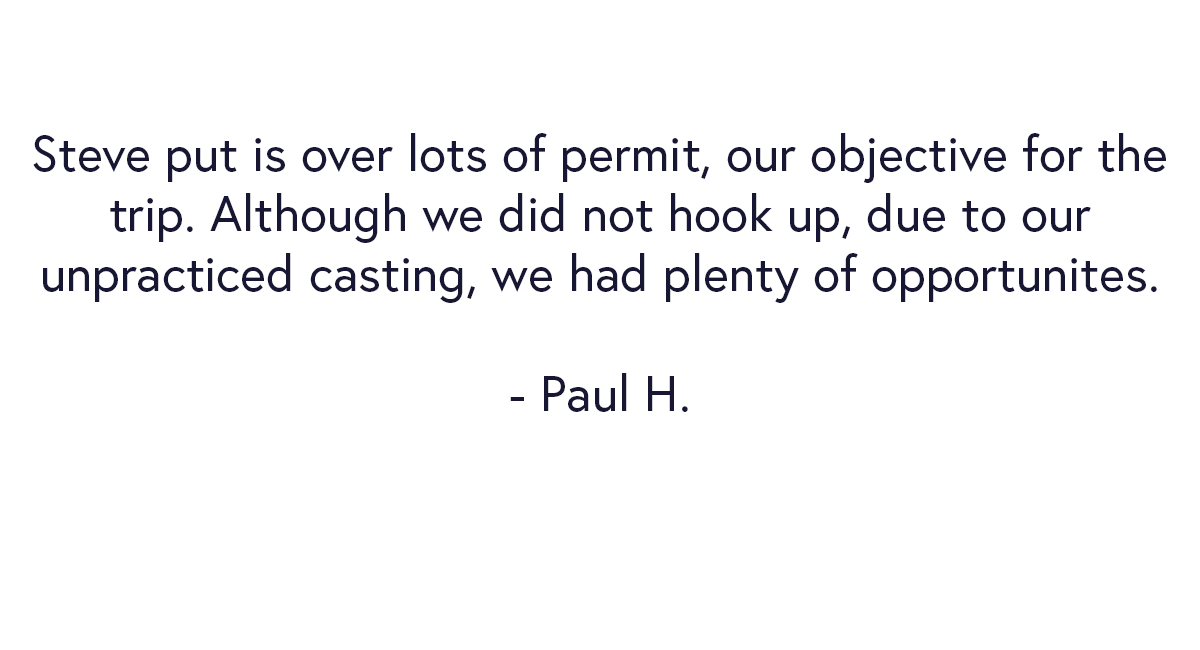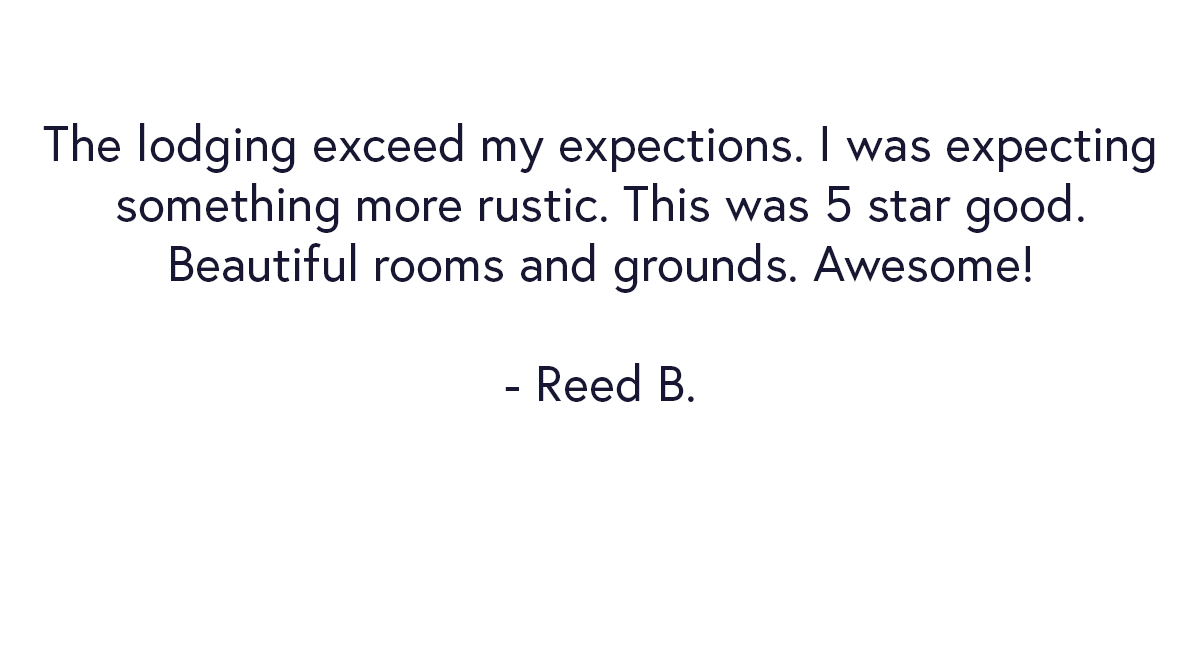Belize Permit Fishing: Decoding the Tidal Advantage
Belize. The name alone conjures images of turquoise seas, swaying palms, rum drinks, and the ultimate saltwater challenge: the permit. These elusive fish are considered the ultimate prize for many fly anglers, and a crucial skill to solving the riddle of to catch them, lies in understanding the subtle dance of the tides.
While permit are present in Belize year-round, knowing when and how the tides influence their behavior can dramatically increase your chances of landing these "black-tailed devils." It's not just about high or low tide, but the movement of the water that truly matters. In fact, permit can be found and caught at all stages of the tide cycle, if the water is “rushing." And the ‘rushing’ of the water across flats and through channels is what really get permit fired up and feeding.
The Power of the Push: Incoming Tides
Ask any of our seasoned permit guides, and they'll likely emphasize the incoming tide as a prime feeding window. As the tide pushes in, it floods the knee-deep flats in our region, dislodging a smorgasbord of crabs, shrimp, and other crustaceans – the permit's primary diet.
Tailing Heaven: This is when you're most likely to see those coveted black tails slicing through the water, waving their tails at you like a flag, from hundreds of feet down the flat. Permit, with their unique, plate-like bodies, will often tilt down, head-first, to root around in the bottom for their next meal. This "tailing" behavior makes them more visible and potentially less spooky, presenting an ideal shot.
The "Dinner Plate" Cast: When you spot a tailing permit, the goal is to land your crab or shrimp imitation within a "dinner plate" of its mouth – typically 1–3 feet ahead of the fish. This gives the fly time to sink and settle naturally in their feeding zone.
Focus on the First Few Hours: The first 1-2 hours of the incoming tide can be incredibly productive, as permit eagerly move onto the newly accessible flats.
The Retreat: Outgoing Tides
While the incoming tide gets a lot of glory, don't discount the outgoing tide. As the water recedes, it again "rushes" across the flats, dislodging crustaceans and moving currents into specific channels and along the edges of the flats. These current zones become the ideal place for permit to hunt their prey (and anglers to hunt them). Certain flats will fish better on an outgoing tide, than they will on the incoming tide.
Edges and Channels: Permit will often stage in deeper cuts and channels in the center of, or adjacent to the flats, as the water ‘rushes’ back out.
Early Outgoing Advantage: The first 1.5 hours of the falling tide can still be very productive, as permit make their final hunts for food on the flats before retreating to deeper water.
The Ideal Tide Window
What our guides look for, when expecting good fishing tides, is a predicted high tide from 7 AM until about 2 PM at the latest. This allows anglers to fish the best part of the incoming tide for the majority of the day.
One interesting note: Over the past two years, our team has been keeping track of the time of day they catch permit, and they’ve learned that very few permit are landed before 7 AM. The majority are landed between 9 AM and 1 PM. This is most likely due to the sun's position high in the sky. The high sun makes it much easier to spot the permit and deliver an accurate cast. The guides share that while they may get a lot of shots at permit in the early morning hours (5–6 AM), these shots are more like "guesses" because only the tail of the permit is showing, and most often result with spooking fish.
The Lunar Link: New and Full Moons
The moon plays a significant role in tidal strength, and for permit fishing, the new and full moon phases are often considered the most favorable. These "spring tides" create stronger water movement, which comes from a greater difference in the high tides and low tides.
Stronger Currents, More Food: The increased tidal flow during these phases sweeps more food into the current from the safety of the flats, stimulating an aggressive feeding response from permit.
Optimizing Your Schedule: If your trip aligns with a new or full moon, you're likely to experience the most pronounced changes tidal highs and lows. This will increase the likelihood of ‘rushing’ water over/around the flats.
Beyond the Tide: Other Factors
While tides are crucial, remember that permit fishing is a complex puzzle with many pieces. Other factors that influence permit behavior and your success include:
Weather: Calm, sunny conditions are ideal for sight fishing, allowing you to spot these mirror-like fish more easily. Strong winds or overcast skies can make spotting incredibly challenging. Note: the permit are actually more wary in overcast conditions. Likely because they can not see as far either.
Wind: Wind gets a special mention because it has the ability to completely negate the power of the incoming or outgoing tide. A north or north/northeast wind is by far the most challenging for productive fishing. As it relates to the tides, a north wind can push the tide so much that a "rush" of water from the incoming and/or outgoing tide never happens.
Water Temperature: Consistent warm water generally keeps permit active and feeding. Water temperatures that are too cold or too hot will limit the likelihood of seeing permit on the flats.
Flat Structure: Different flats will fish better at different tidal stages due to their depth and contours. Our seasoned team of guides knows where and when to be at the best spots for any given tide.
Weather in Other Parts of the Caribbean: Just because the weather is calm and sunny in Belize, doesn't always mean the tides will "do" their thing. If there is a powerful storm system elsewhere in the Caribbean, it has the potential to "pull" water to it, which can have a negative effect on the tides of Belize.
Tide and Weather Prediction Tools
Tide and weather predictions are rarely 100% correct or accurate, but if you use them as the best guess rather than hard facts, they can help you have great tides and great fishing. The moon phases are very accurately predicted, and if you choose to book your fishing trip to overlap 3–4 days before a new or full moon, and span for up to 7–8 days after, you're almost guaranteed to have some good days of fishing.
Tide Apps: There are a few affordable applications available that will have somewhat accurate tide predictions more than a week to ten days out. Our favorite is Nautide.
Weather Forecasting: Even professional weather forecasters can't predict the weather more than a week to ten days in advance with accuracy, so don't expect to know what the weather will be more than a few days before you travel. There are a number of different websites and apps available that will give you a "forecast" for different parts of Belize, and if you compare them, you might get as many different forecasts as you have apps. We use the following to help us predict the weather a few days in advance:
Moon Phase: The moon phase is a very reliable way to pick dates months, and even years in advance, to maximize the chance of having good/great tides to fish. We use this website to predict the moon phases: Calendar-12 Moon Phases.
Suggested Tide Windows
If you want to know our picks for the best tides, there are two ways to choose. You can choose your fishing dates based on the predicted tides or the predicted moon phase.
Tide Forecast: Use the Nautide app to look at the predicted tide for any given month, up to one year from now. Choosing to fish (so arrive a day earlier than your first day on the water) a high tide near 7 AM on your first day of fishing and not later than 2 PM on your last day of fishing will likely put you in the "prime" tide window.
Moon Phase Forecast: Use the website Calendar-12 Moon Phases to know when the new moon and full moon will happen each month. Then find fishing dates 3–4 days before the new or full moon, and 7–8 days after. This 10–12 day window (twice each month) will have the highest likelihood of "prime" tides.
The Permit Pursuit: Patience and Persistence
Ultimately, fly fishing for permit in Belize is a test of patience, persistence, and the ability to make a precise cast under pressure. Understanding the tides is a vital component of this challenging pursuit, giving you a significant edge in your quest for the elusive "ghost of the flats." So, pack your crab patterns, study the moon phases and tide charts, then get ready to experience the thrill of chasing permit in the stunning waters of Belize.
Are you ready to plan your Belize permit adventure, armed with tidal knowledge?
For more information call 800-313-1672 or email us at info@bluehorizonbelize.com






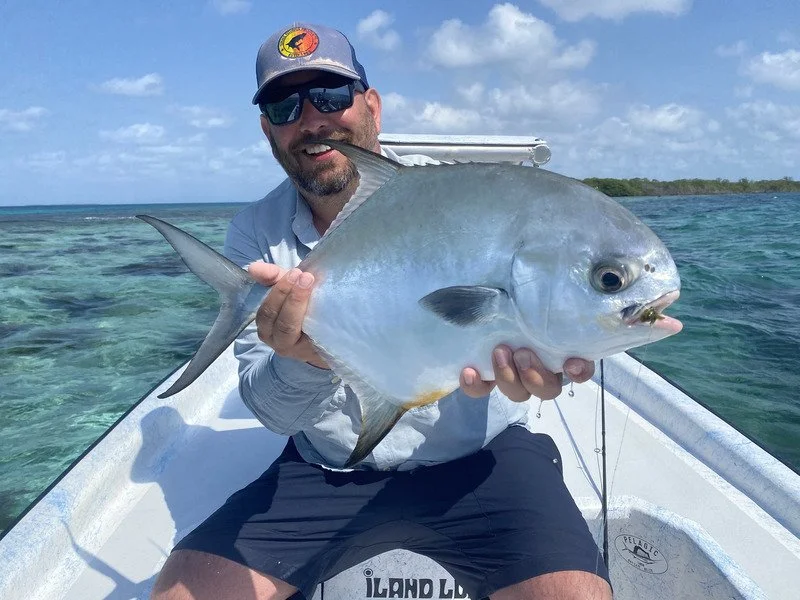



![Big news today, Belize’s International Airport (BZE) will reopen on August 15th, 2020. The guides and the rest of the team at @bluehorizonbelize are beyond thrilled to get back on the water. [LINK IN BIO] for more information.
~
~
800.313.1672](https://images.squarespace-cdn.com/content/v1/55267a84e4b0410f3276ac29/1593204378183-F46B4LVPCE0HDU39GHA1/image-asset.jpeg)
![We cannot wait to have you experience the all-new rebuilt Blue Horizon Lodge. [LINK IN BIO] to inquire today.
~
~
800.313.1672 | bluehorizonbelize.com
~
~
#bluehorizonbelize #bluehorizonlodge #permitonfly #permitfly #permitalley #belize #belizefishin](https://images.squarespace-cdn.com/content/v1/55267a84e4b0410f3276ac29/1593204378633-S8TUTT8HHJL4UN9VLNJA/image-asset.jpeg)

